With its fuzzy heart shaped leaves, Fringe Cups, also known as false alum root, makes a nice addition to the woodland garden. Fringe Cups is classified as a rosette forming herbaceous perennial groundcover which can grow to 3’ tall and spread to 2’. Large, attractively veined, rich green leaves stay low with flower stalks rising above. Under good conditions this plant will spread by thick underground rhizomes. Flowers consist of 10-35 green-white flowers turning pink-red as the blossom ages. Description from pnwplants.wsu.edu
Home > Plant Guide >
Scientific Name
Family
Garden Type
Wildlife
Native Plant Region
Light needs
Water Needs
Plant Type
Bloom Color(s)
Height
Width
Months in Bloom
Safe Beneath Power Lines?
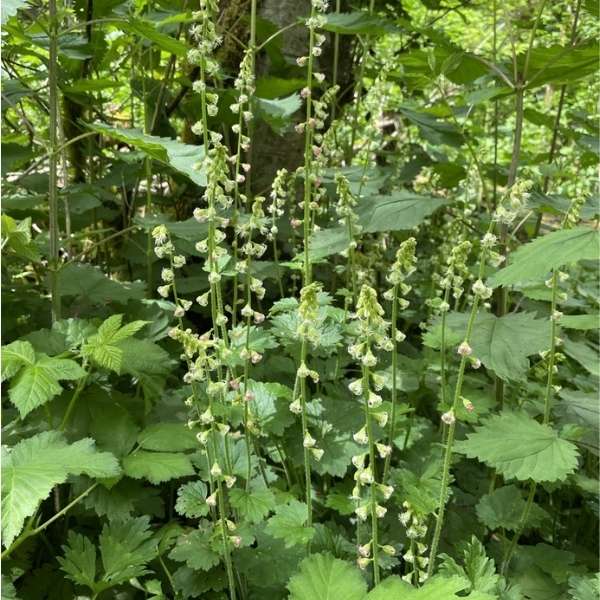
We’d like to maintain accurate and robust plant listings. If you see information that is not correct or that could be added to improve the listing, please let us know. Or if you’d like to suggest a plant to add to our plant guide, you can use this form do so. Thank you!
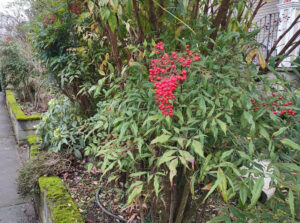
Some introduced plant species can diminish biodiversity. Other plants produce poisons that can harm wildlife. Learn what plants to avoid when figuring out what to plant or remove in your outdoor space.
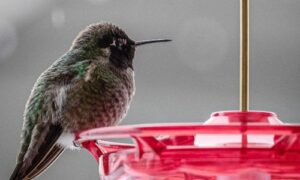
The urban environment presents dangers to wildlife that they are not always adapted to overcome. Reducing urban hazards is an essential part of enhancing habitat in cities. After all, we do not want to lure wildlife into our neighborhoods only to have them fatally collide with our windows.

Learn about diversifying the way architecture is taught and practiced from designers of color.

Protecting the trees and other vegetation that what we currently have is perhaps the most important way to ensure biodiversity in cities.
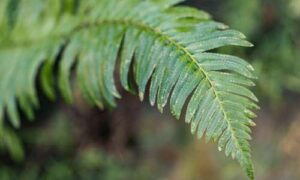
Despite the urban character and the high population density, a surprising diversity of life exists in Capitol Hill. Explore a few physical aspects of our urban ecosystems and meet some of its more-than-human residents.
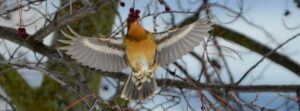
Take a virtual trip across Capitol Hill to learn about urban habitat types, how to identify the unique birds they support, and what we can do to make the neighborhood a safer place for them to live.
Nature of Your Neighborhood is a collaboration between Birds Connect Seattle, the Capitol Hill EcoDistrict, and the Seattle Bird Conservation Partnership. Our goal is to foster relationships between the people and the nature of their neighborhoods.